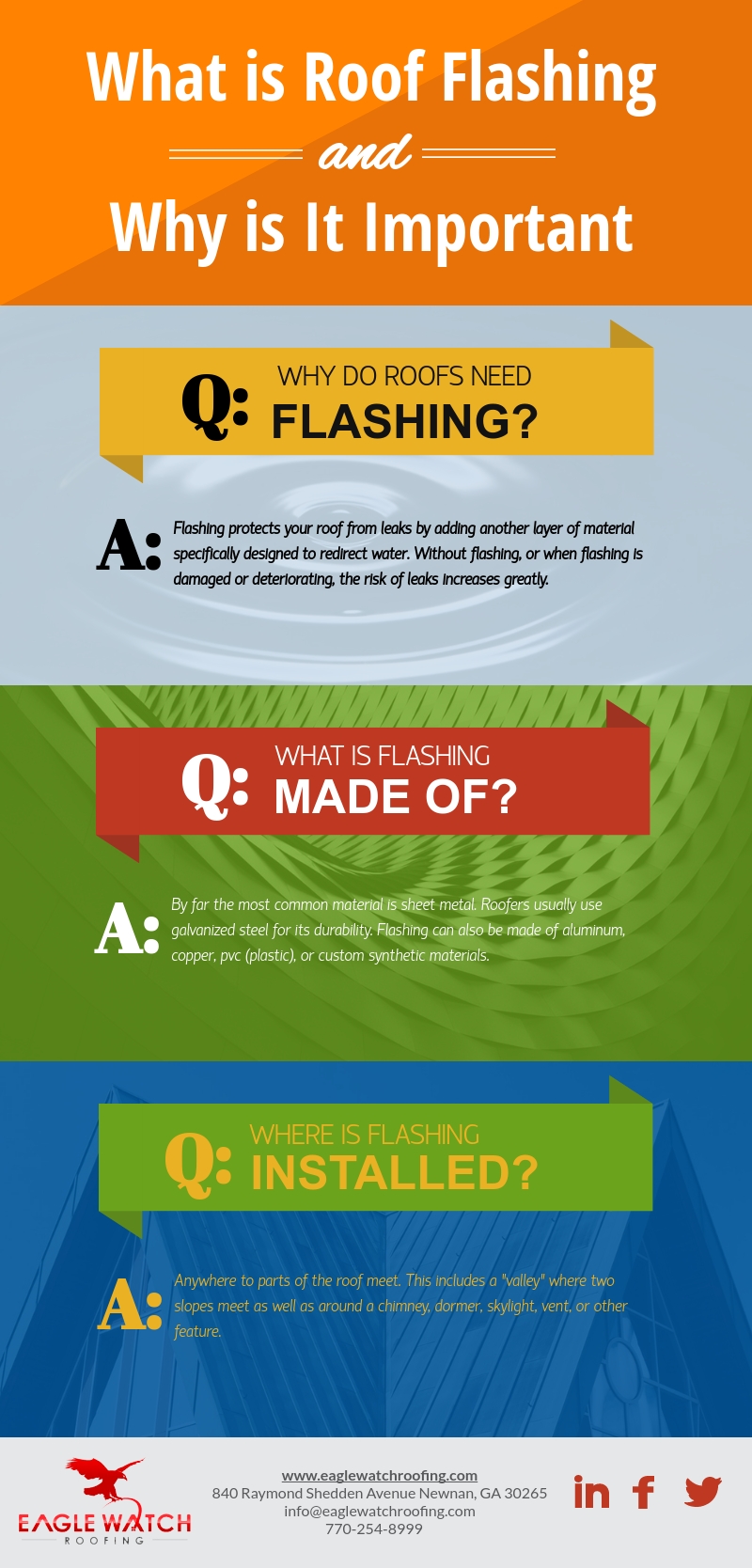Exploring The Financial Ramifications Of Solar Panel Arrangement: Is It A Belongings Financial Investment?
Exploring The Financial Ramifications Of Solar Panel Arrangement: Is It A Belongings Financial Investment?
Blog Article
Post Writer-Storm McWilliams
When taking into consideration the expenses of solar installment, you may wonder about the upfront investment required and whether it lines up with the potential long-term benefits. Recognizing the complexities of these expenditures and the numerous variables influencing the overall return can shed light on the value proposition of transitioning to solar energy. By assessing both the preliminary arrangement expenses and the projected cost savings over time, you can gain insight right into whether the financial investment in solar installation holds assurance for your financial future.
Preliminary Configuration Expenses
When taking into consideration the prices of solar setup, the first arrangement costs play a vital duty in your decision-making procedure. These upfront expenses include the cost of solar panels, inverters, mounting tools, and installation labor.
The rate of solar panels can differ depending upon the brand name, effectiveness, and size you choose. Inverters are necessary for transforming the sunlight's power right into usable electrical energy and be available in different kinds such as string inverters, microinverters, and power optimizers, each with its very own price implications.
Placing tools, such as racks and rails, is necessary to safely install solar panels on your roof covering or property.
The installment labor cost covers the specialist setup of the solar system, making sure that everything is set up correctly and effectively. Keep in mind that while these initial arrangement expenses may appear high, there are commonly refunds, tax motivations, and funding choices readily available to assist balance out the costs and make solar installation more budget-friendly in the long run.
Long-Term Cost Savings Analysis
To comprehend the monetary advantages of solar installation with time, it's vital to conduct an extensive long-lasting cost savings evaluation. While the preliminary arrangement expenditures of photovoltaic panels may appear difficult, the long-lasting financial savings can outweigh these costs dramatically. By using the power of the sunlight to generate electrical energy for your home, you can possibly conserve thousands of dollars on your energy expenses over the lifespan of your solar system.
Among the crucial variables to take into consideration in a lasting savings evaluation is the decrease in your power costs. With solar panels, you can generate your power, decreasing and even eliminating your reliance on the grid. This can cause considerable savings, particularly as utility rates remain to climb.
Furthermore, several federal governments provide rewards such as tax obligation credit ratings and discounts for mounting solar panels, even more enhancing your lasting savings. By taking view of these incentives and maximizing your solar energy production, you can take pleasure in substantial financial advantages for many years ahead.
Return on Investment Computation
Thinking about the economic benefits of solar installation, it's time to analyze the Roi (ROI) calculation. Figuring out read this post here involves comparing the complete costs of mounting a solar system with the financial benefits it produces over its life expectancy.
To determine ROI, divide the net make money from the system by the complete financial investment expense and increase by 100 to get a portion. The ROI formula is: (Internet Earnings/ Total Investment Expense) x 100.
For instance, if the complete cost of installing a planetary system is $20,000, and over its life-span, it produces cost savings and revenues amounting to $30,000, the web revenue would be $10,000. Splitting this by the total investment expense of $20,000 provides a ratio of 0.5. Increasing this by 100 provides an ROI of 50%.
Generally, a greater ROI shows a more financially fulfilling financial investment. Aspects like government motivations, upkeep expenses, and energy rate changes can influence the ROI of solar installments. Comprehending the ROI helps in examining whether investing in solar power deserves it in the long run.
Verdict
In conclusion, understanding the costs of solar installation is essential for establishing if it is worth the financial investment. By considering preliminary configuration expenses, performing a long-term savings evaluation, and computing the return on investment, you can make an informed choice about the monetary worth of solar energy. With the possibility for lowered utility bills and raised energy independence, investing in solar setup can be a smart choice for both your budget and the setting.
